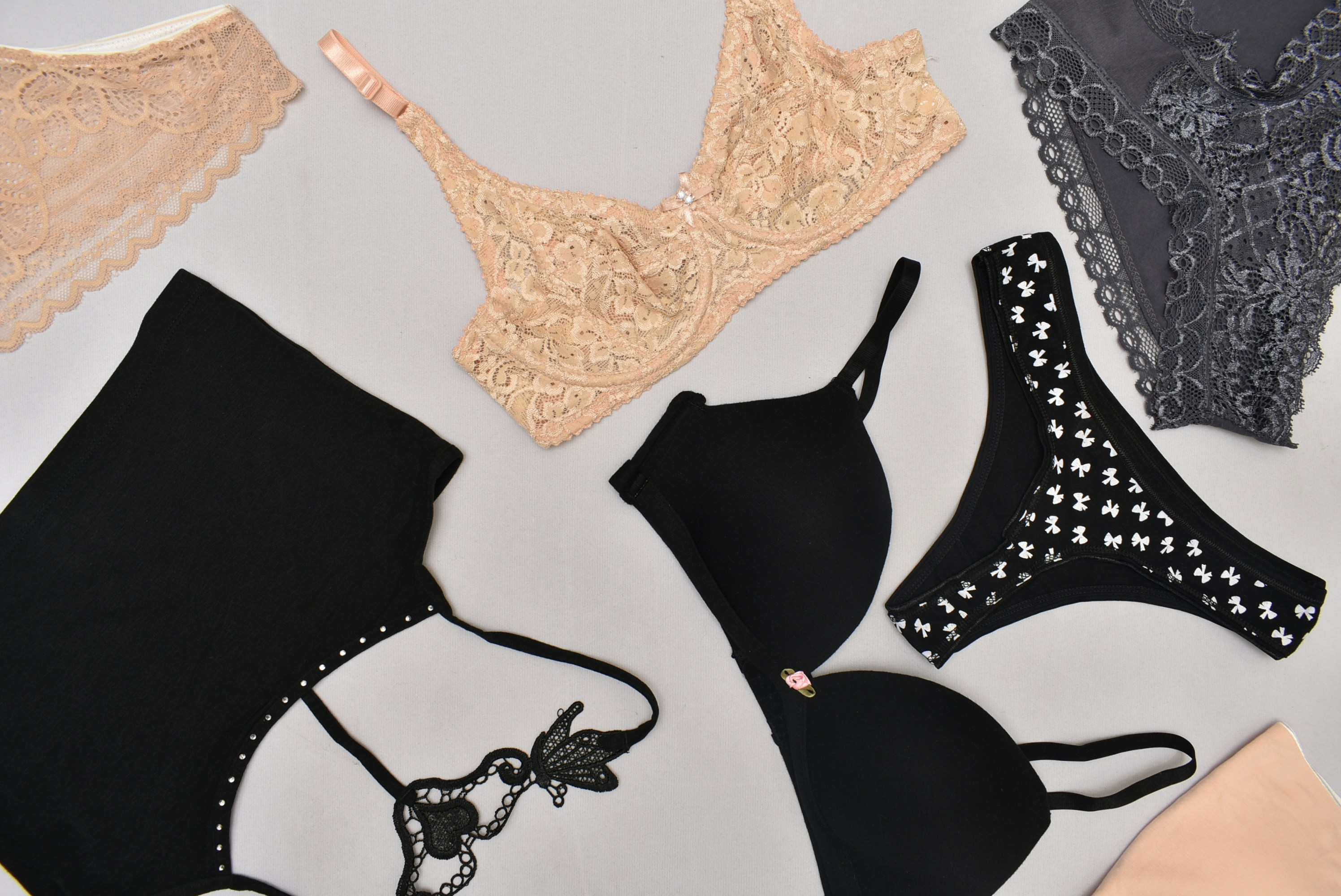Silk Lace Knickers: Practical Guide to Fabric, Fit, Care and Selection
Silk lace knickers combine luxury with comfort, offering a sophisticated undergarment option that requires specific knowledge for proper selection and care. Understanding the intricacies of silk types, lace construction, and fitting considerations helps ensure you make informed purchasing decisions. From delicate French lace to robust mulberry silk, these intimate garments demand attention to detail in both selection and maintenance to preserve their beauty and functionality over time.

Silk lace knickers represent a premium category of intimate apparel that merges the natural luxury of silk with the delicate artistry of lace craftsmanship. These garments offer exceptional comfort and elegance but require informed selection and proper care to maintain their quality and appearance.
What are silk lace knickers? Design and common styles
Silk lace knickers are intimate garments crafted from silk fabric and adorned with lace detailing or constructed entirely from silk-based lace materials. Common styles include brief cuts, bikini styles, high-waisted designs, and thong variations. French knickers offer a loose, comfortable fit with wider leg openings, while Brazilian cuts provide moderate coverage with a flattering silhouette. Boyshort styles extend coverage across the hip area, creating a seamless line under fitted clothing. The lace elements may appear as trim along edges, overlay panels, or comprise the entire garment structure.
Materials and construction: silk types and lace quality
Multiple silk varieties are used in knicker construction, each offering distinct characteristics. Mulberry silk provides exceptional durability and lustrous appearance, while charmeuse silk offers a fluid drape and smooth texture. Silk crepe delivers a matte finish with subtle texture, and silk jersey provides stretch and comfort for active wear. Lace quality varies significantly, with Chantilly lace offering delicate floral patterns, Alençon lace providing raised motifs with corded outlines, and stretch lace incorporating elastane for flexibility. Construction methods include flat-seam techniques to minimize bulk, French seams for durability, and bonded edges for seamless finishes.
Sizing and fit: measuring and choosing the right size
Proper sizing requires accurate measurements of waist, hip, and rise dimensions. Measure the waist at its narrowest point, typically above the hip bones, and the hips at their widest circumference. The rise measurement, from waistband to crotch seam, determines comfort and coverage. Silk naturally lacks stretch compared to synthetic blends, making precise sizing crucial. Consider that silk may relax slightly with wear, so a snug initial fit often proves optimal. Different brands employ varying size charts, making it essential to consult specific manufacturer guidelines rather than relying solely on standard sizing conventions.
Care and maintenance: washing, drying, and storage
Silk lace knickers require gentle care to preserve fabric integrity and lace structure. Hand washing in cool water with pH-neutral detergent prevents fiber damage and color fading. Avoid wringing or twisting, instead gently pressing out excess water between clean towels. Machine washing, if necessary, should use delicate cycles with mesh laundry bags for protection. Air drying away from direct sunlight prevents UV damage and maintains fabric elasticity. Avoid heat sources like radiators or tumble dryers, which can cause shrinkage and brittleness. Store garments flat or loosely folded in breathable fabric bags to prevent snagging and maintain shape.
Sustainability, sourcing, and durability considerations
Sustainable silk production focuses on ethical sericulture practices and environmentally responsible processing methods. Peace silk, harvested after silkworms complete their natural lifecycle, offers an animal-welfare-conscious alternative to conventional silk production. Organic silk production eliminates synthetic pesticides and fertilizers from mulberry cultivation. Durability depends on silk quality, construction methods, and care practices. High-grade mulberry silk with reinforced stress points typically provides years of use with proper maintenance. Consider the environmental impact of frequent replacements versus investing in higher-quality pieces that offer extended lifespan.
| Provider | Product Range | Price Range | Key Features |
|---|---|---|---|
| La Perla | Luxury silk lace collection | $80-$200 | Italian craftsmanship, premium silk |
| Agent Provocateur | Designer intimate wear | $60-$150 | Fashion-forward designs, quality lace |
| Hanky Panky | Signature lace styles | $25-$60 | American-made, stretch lace construction |
| Fleur du Mal | Contemporary luxury | $45-$120 | Sustainable practices, modern aesthetics |
| Cosabella | Italian lace specialists | $30-$80 | Comfort-focused, technical construction |
Prices, rates, or cost estimates mentioned in this article are based on the latest available information but may change over time. Independent research is advised before making financial decisions.
Investing in quality silk lace knickers requires balancing personal preferences, budget considerations, and care commitment. Understanding fabric properties, construction quality, and maintenance requirements enables informed decisions that result in garments providing both comfort and longevity. Proper selection and care ensure these luxury items maintain their appearance and functionality throughout their intended lifespan.




